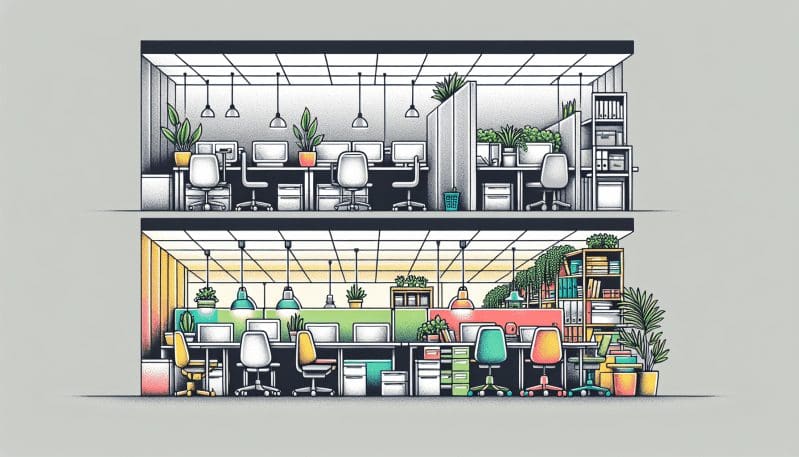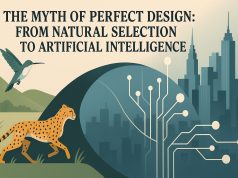The Evolution of Workspaces: From Cubicles to Co-Working
The modern workplace is almost unrecognizable from the static cubicles of the 20th century. As The Work Times delves into this transformation, we see not just a change in physical space but a revolution in organizational thinking, technological innovation, and employee expectations.
In the latter half of the 20th century, cubicles became the emblem of corporate life. Designed by Robert Propst in the 1960s and popularized as ‘Action Offices,’ these partially enclosed office spaces aimed to provide workers with privacy while minimizing footprint. Yet, what began as a progressive idea evolved into a symbol of corporate monotony and the lack of personal space.
The backlash against cubicles began as a ripple and turned into a wave by the advent of the 21st century. As technological advancements liberated workers from their desks through laptops and Wi-Fi, and organizational philosophies promoted collaboration, the walls began to come down. Open-plan offices rose from the cubicle’s ashes, hailed for fostering a sense of community, camaraderie, and transparency. The idea was simple: remove barriers, both literal and metaphorical, to create a flow of ideas and communication.
However, this shift brought its own set of challenges. Open-plan workspaces have been criticized for noise distractions, decreased employee satisfaction, and a lack of personal space, which ironically can inhibit the collaboration they were designed to promote. This has prompted many organizations to re-evaluate their approach to office design, considering mixed-use spaces that offer both communal areas and private zones.
Enter the era of co-working spaces, a concept that has exploded in popularity in the past decade, embodying flexibility and a community-driven environment. Co-working spaces provide a shared working environment, often for freelancers, remote workers, and startups. These spaces offer the camaraderie of a shared workspace with the flexibility that modern workers demand. The rise of the gig economy and the increasing number of digital nomads have made co-working spaces an attractive proposition for a workforce that values freedom, networking opportunities, and a departure from traditional office politics.
While co-working spaces signify a shift towards more dynamic and flexible working environments, they also echo some of the aspirations that the open-plan office aimed to achieve. They are a testament to the continuing evolution of workspaces that cater to the changing needs of the workforce.
However, the question remains: Are we witnessing true progress? Co-working spaces, like their predecessors, come with their own challenges, such as the potential for over-crowding, variable work environment quality, and the intrusion of work life into personal time. They are not a one-size-fits-all solution. As we embrace these trends, it is crucial to critically assess whether they serve the broader goals of productivity, well-being, and a sense of community, or if they are simply the latest aesthetic in workspace design.
The future of work, it seems, is not just about where we work, but how our work environments shape our interactions, mindsets, and daily lives. As we continue to redefine our workspaces, whether through remote work, co-working, or other hybrid models, it is essential to keep the human aspect at the core of our decisions. Only then can we create spaces that truly reflect the values of innovation, flexibility, and community engagement that are increasingly heralded in the modern workplace.
The Work Times invites its readers to explore these shifting sands of workspaces and consider what they mean for our individual and collective quests for productivity and community in a world where the only constant is change.


























